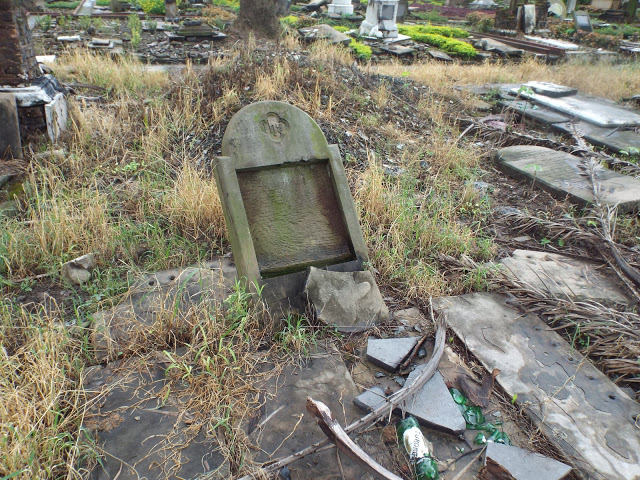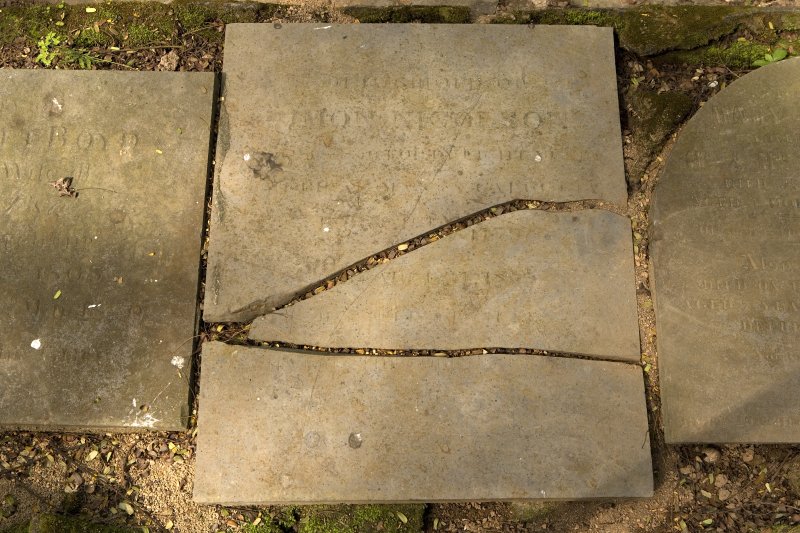Entry in Plarr's Lives of the Fellows online:
Born in the Manse of Kiltarlity, one of the large Inverness-shire parishes, on July 5th, 1779; his father and his grandfather had been ministers of the parish. He was apprenticed to a medical man at Inverness and afterwards became a student at St George's Hospital, where he served the office of House Surgeon and Assistant to Sir Everard Home and became a friend of his contemporaries, Sir Benjamin Brodie and Sir Charles Clarke.
He practised for some time in London until Sir Everard Home in 1805 gave him a nomination in the service of the HEIC. He entered the Bengal Army as Assistant Surgeon on Feb 2nd, 1807, his appointment being delayed as he was acting as Private Surgeon to the Duke of Portland. He was detailed as Assistant Surgeon to the Calcutta General Hospital as soon as he arrived in India, and spent nearly all his working life in connection with the institution. On Jan 8th, 1820, he was promoted Surgeon, and in 1827 Superintending Surgeon, in the service of the HEIC, but he resigned this rank and reverted to his appointment as Residency Surgeon at Calcutta, and held office until a few days before his death.
Nicolson soon obtained a very large practice in Calcutta, and it is said that horses were in harness day and night whilst a coachman sat on the box of his carriage ready for any urgent summons; yet in spite of this he was not ostentatious and never grew rich, for he gave of his best in the matter of advice to rich and poor alike. When John Macdonald came to India in 1838 Nicolson was one of the first to enrol himself and his family in the New Scottish Free Church in India. His last years were darkened by misfortune: his eldest son was killed in the Battle of Ferozshakar; a few months later his wife died after a long illness; and he himself became paralysed in 1847. On resigning his post of Surgeon to the Hospital at Calcutta he received a letter from the Marquis of Dalhousie, the Governor-General, dated April 25th, 1855, and another from the President of the Council of India, congratulating and thanking him for all the good work he had done during the nearly fifty years he had held office. He died at Calcutta on Aug 8th, 1855, after a short illness.
Sources used to compile this entry: [Kaye's The Life and Correspondence of Lord Metcalfe. Lieut-Colonel Crawford's History of the Indian Medical Service, passim, but especially ii, 255-7. Indian Ann of Med Sci, 1856, 681. Lancet, 1855, ii, 554. Nicolson is depicted under the name of Dr Nicholas FitzSimon in Sir John Kaye's Peregrine Pulteney, 3 vols, London, 1844].
[See http://livesonline.rcseng.ac.uk/biogs/E002812b.htm]
From 1807 to 1816 he served in the Calcutta General Hospital and in 1816 he succeeded Dr. John Shoolbred as Superintendent and Surgeon of the Calcutta Native Hospital, and during his time the number of eye cases treated in the Calcutta Native Hospital steadily increased from year to year. Unfortunately the annual reports show no details of treatment. In the records his name appears frequently as being associated with the teaching of students in the diseases of the eye. He and Dr .James Ranald Martin were amongst other examiners in the first final examination for the diploma issued by the Medical College, Calcutta, in 1838. [Source: Lt-Col. E. O'G Kirwan 'Early Opthalmologists in Calcutta' The British Journal of Opthalmology http://europepmc.org/backend/ptpmcrender.fcgi?accid=PMC1142864&blobtype=...
Nicolson donated Rs. 5000 to Rev. Alexander Duff's Free Church of Scotland and his family became members of his congregation after the rift in the Scottish church. The Bengal Past and Present vols. 81-2 states that Nicolson was born in 1779 and not 1799 as recorded by Crawford [See p.9]. It also quotes Emily Eden (the sister of the Governor-General, Lord Auckland) as calling him 'the Sir H. Halford of Calcutta, whom everyone abuses, yet they all send for him, and other doctors mind every word he says.' http://tinyurl.com/nzwv3yt
Nicolson is recorded as having contributed Rupees 300 to the Calcutta Waterloo Fund in 1815 to 1818. The Waterloo fund was collected for the relief of the British soldiers who were killed or disabled in the Battle of Waterloo. The Oriental Magazine and Calcutta Review vol. 1, 1823 mentions him as the surgeon to the Governor-General (Lord Richard Wellesley). http://tinyurl.com/ouw5ax4
Lithographs of Nicolson made by Colesworthy Grant survive in the India Office Records (http://tinyurl.com/qzbq5f4). An oil painting of Nicolson hangs in the Asiatic Society in Calcutta. The plaque from his grave has been removed to the South Park Street Cemetery. A scanned copy of Grant's lithograph is included below.


Souvik Mukherjee

